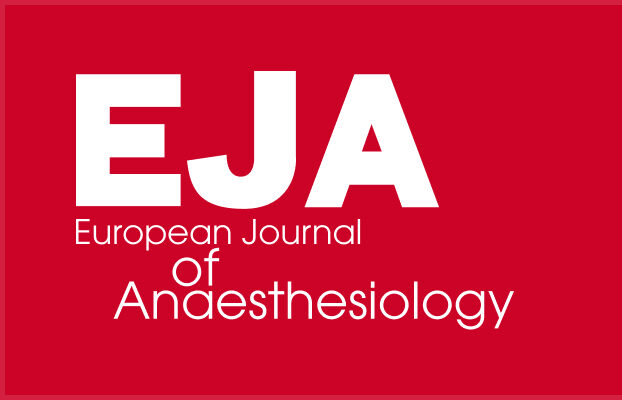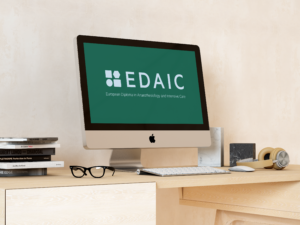Newsletter 2022
Enhancing patient safety in European anaesthesiology: the PRiPSAIC project
Alex Rawlings
ESAIC Patient Safety and Simulation Project Manager
As we start to emerge from the COVID-19 pandemic, we have a golden opportunity to shape our practice for the future.
With PRiPSAIC, the ESAIC takes the next step after the Helsinki Declaration on Patient Safety in Anaesthesiology. PRiPSAIC works with industry partners, national societies of anaesthesiology and departments of anaesthesiology and intensive care to find and bring together ‘change champions’ and ambassadors for patient safety in hospitals in selected European countries. We will support them to learn from each other as they map and develop their current practice and develop new ways of working for the future. PRiPSAIC started in 2022. You can find more information about this project here.
The PRiPSAIC project started properly with two hospital visits in Scotland. Dr David Mackay hosted a visit on behalf of the Glasgow Royal Infirmary, a large teaching hospital in Glasgow [photo 1], and Dr Alvin Soosay was our host the following day at Forth Valley Hospital, a modern district general hospital some 30 km outside Glasgow [photo 2]. We were joined by Dr Aiste Urbonaite and Dr Gintarė Vitkutė, consultant and resident anaesthetist, respectively, at Kaunas Clinics, a university hospital in Kaunas, Lithuania. Also with us to see how the project worked were two UK trainees, Dr Mark Tan and Dr Claire Bond. The visits followed the standard format developed during our previous project, ‘Evaluation of the extent of implementation of the Helsinki Declaration on Patient Safety in anaesthesiology: a mixed-methods action research project’ (see box).
David and Alvin had briefed their anaesthetic, theatre and surgical colleagues in advance, so everyone knew what to expect during the visit and made all the necessary arrangements for the visits to run smoothly [photos 3 and 4]. The visits were illuminating and educational both for our Lithuanian colleagues and also for the ‘locals’, as although there is a fair degree of standardisation of safety practices in the UK, there is always something to learn from seeing how others work. For instance, I noted that the pre-session ‘team brief’ at Forth Valley Hospital included an item telling everyone the location of emergency anaesthetic items such as dantrolene. The staff told us that often there are people in the team who are new to the hospital, and it cannot be assumed that everyone knows the local hospital practices and routines.
There were many positive comments from those involved. Dr Gintarė Vitkutė noted: ‘It was a big learning experience and honour to exchange points of view and ideas with healthcare professionals from the UK. Our aim is to achieve such a complex and thoughtful safety system in Lithuania’. One of the Scottish hosts was similarly enthusiastic: ‘The information gathering itself was not hugely time-consuming as our hospital already had most of all the protocols/guidelines required. Hearing the opinions of the visitors in terms of how things could be improved was eye-opening. The sharing of experience between departments is extremely valuable and should be the norm’.
We are looking forward to the next visit, to Lithuania. There we will be joined by colleagues from Finland, which is the following country on our list. Already it appears that our vision for PRiPSAIC, namely allowing the exchange of knowledge, ideas and practice between anaesthesiology departments, within and between countries, is being realised. One product of the PRiPSAIC project will be a peer review ‘toolkit’ based on the above process for anaesthetic departments to use as they visit each other in the name of patient safety. Finally, we are especially pleased that trainees have been able to be part of this project, as they are the future of anaesthesiology and the more they can be involved with patient safety, the better.
Box ‘How safe is your anaesthetic department? The PRiPSAIC patient safety review process
- Collect documents and protocols relating to patient safety: this should include, as a minimum, those relating to the items listed in the Helsinki Declaration for Patient Safety in Anaesthesiology.
- Complete Annual Patient Safety Report using the template issued by the ESAIC*
- Copy, distribute and follow up Safety Attitudes Questionnaires to about 30 anaesthetists and theatre staff * (This is an ‘industry standard’, 32-item questionnaire which asks staff to rate their agreement with statements about teamwork, communication, management, how errors are handled etc.)
- Find three staff to be interviewed during the visit (consultant, trainee anaesthetist and anaesthetic assistant/anaesthetic nurse) about their work, perceptions of safety, good practices, problems etc. In our experience, staff often have many comments and ideas about safety in their workplace but are not always given the time or space to talk about these formally. The interviews often last 30-45 minutes and provide this opportunity.
- Plan timetable for a visit day to include Initial meeting/review of material collected with visitor (1 hour), interviews (allow 1 hour each), plus observation and tour of theatres/ICU at times appropriate to observe activities of interest. This might include drug storage, equipment checking, the WHO surgical briefing and ‘time out’, handover from theatre to recovery/ICU etc
*These can be obtained from Alex Rawlings, ESAIC Patient Safety Project Manager, alex.rawlings@esaic.org
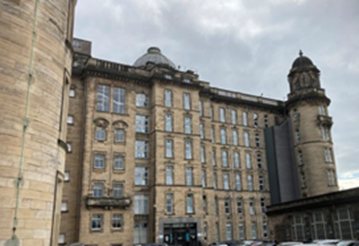
Picture 1
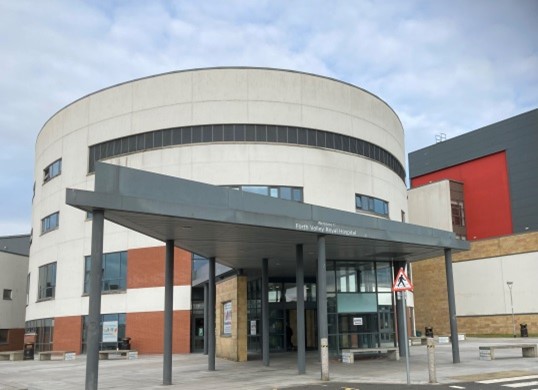
Picture 2
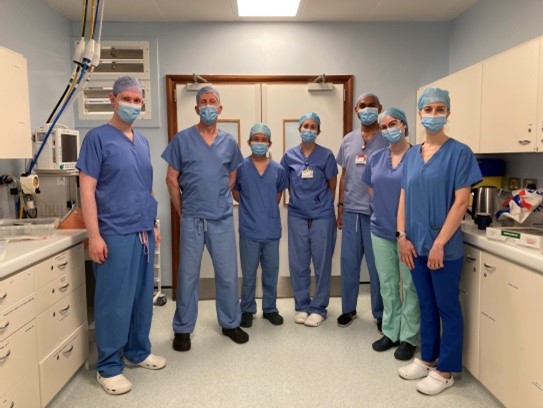
Picture 3
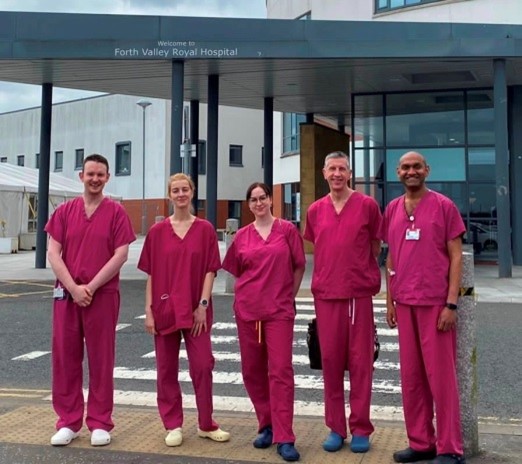
Picture 4
This project would not be possible without the support of our project partners:
Masimo and Philips Healthcare
[maxbutton id=”1″ url=”https://www.esaic.org/newsletter/” text=”Read the Newsletter” ]





